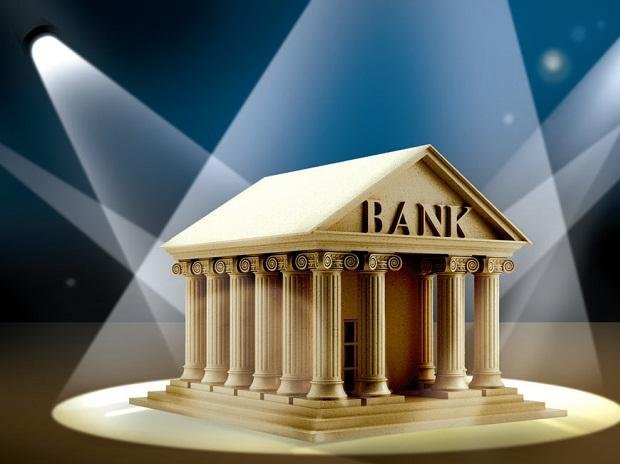Last updated on December 5th, 2023 at 09:23 am
Reading Time: 3 minutesWhat is Credit Risk?
One of the primary functions of commercial banks includes granting loans and advances to its borrowers, the borrowers can be individuals or corporations. Credit risk can be defined as the risk of default or non-compliance to legal contractual obligations on the borrower’s part. Simply put, it’s the scenario where the borrower fails to repay the borrowed amount to the bank within the period agreed upon previously as mentioned in the contract. Banks can also face credit risk situations on account of other cases such as interbank transactions, trade financing, exchange transactions, etc.
In more traditional terms, credit risk means that a lender may not receive the owed interest and the principal amount from the borrower which might lead cash flow interruptions for the lender and increased cost of loan collection.
It is hard to predict the risk of default in many cases but it can be assessed based on the buyers profile and transaction history to make more informed decisions and mitigate the losses. Credit risks are calculated by factoring in the borrowing party’s ability to repay the loan as per the give terms and conditions. The 5C approach is implemented by the lenders in the assessment of the credit risk; condition, capacity, capital, collateral, credit history.
What causes Credit Risk?
Now that we know what credit risk is, let’s find out what causes these undesirable credit risks for banks and other financial institutions.
Credit Concentration
The credit concentration factor is one of the primary reasons why we see cases of high credit risk in banks and financial institutions. In a layman’s term, it can be understood as putting all your eggs in one basket. So what does putting all your eggs in one basket does? Well, it increases the probability of loss because if you drop the basket you might lose all the eggs at once. Similarly, when a bank or a financial institution is focused on providing loans and advances to a specific sector, industry or community it might face high credit risk in case of an uphill event in those sectors or industries.
Let’s understand this situation with an example; suppose that a bank is only providing loans to real estate borrowing needs. Now if an economic downturn happens and there is a slump in the real estate sector, the bank will not be able to recover the amount and since it only provides loans to that sector it’ll run a risk of closing its operations.
The Credit Issuing Process
The credit issuing process is very crucial to the subject of risk assessment. This is the first stage where risks could be mitigated by proper assessment of the borrowing party as per the guidelines and norms of the banking institutions. The loopholes in the credit-issuing process can be due to various factors including the bank’s credit-granting policy and the monitoring process. Let’s find out about some of the loopholes in the issuing process that can cause major credit risk problems.
Inadequate Credit Assessment
Generally, banks take the 5C approach before granting credit to the borrower to asses the credit risk associated with the lending process. The 5Cs includes collateral, capacity to repay, capital, condition of loan and credit history. If any information is missing on these 5 grounds then the Credit Assessment process will fail to predict an accurate picture of the borrower’s ability to repay the loan amount.
Incompetent Monitoring
Monitoring is more like an after-sale service that benefits the bank. Monitoring has two aspects; one includes overviewing the repayments made by the borrower to ensure that it comes promptly. The other aspect includes monitoring the status of the collateral or security pledged to the bank for the credit amount. Generally, people take the loan against property, the value of the property can deteriorate over time and it might increase the probability of default given that the buyer will have less to lose from the default than earlier.
Also Read: What is Credit Risk Assesment

